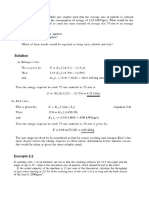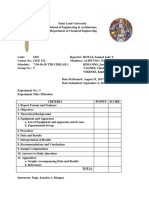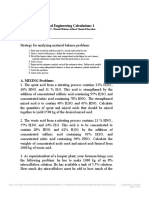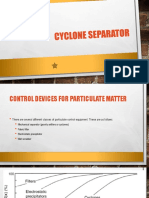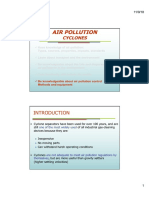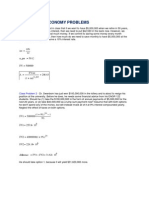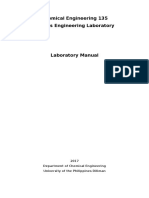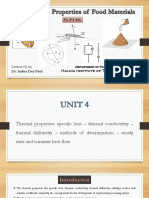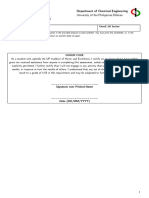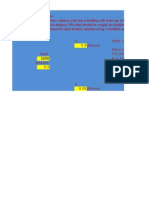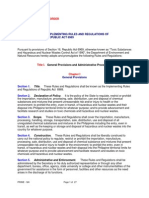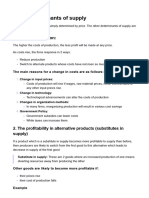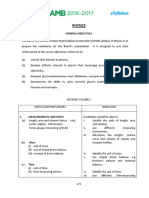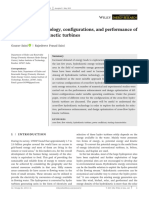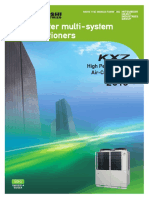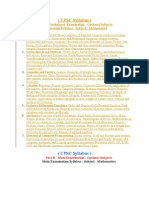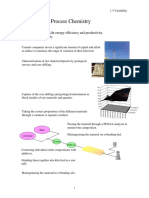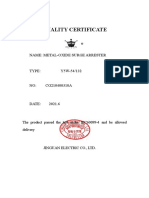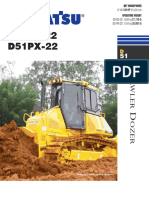100% found this document useful (1 vote)
780 views8 pagesComputer Applications
A distillation column processes an alcohol-water solution. It produces 268 kg/hr of distillate containing 90% alcohol and 732 kg/hr of bottoms containing 8% alcohol. The overall recovery of alcohol is 89.5%. A second column distills a benzene-toluene mixture. The distillate contains 91% benzene and 9% toluene, while the bottoms contains 7% benzene and 93% toluene. The distillate and bottoms masses are 47 kg and 53 kg respectively. A third column processes dilute ethanol. It produces 36 kg/hr of 95% ethanol distillate, 183.5 kg/hr of 40% ethanol side stream,
Uploaded by
api-3728602Copyright
© Attribution Non-Commercial (BY-NC)
We take content rights seriously. If you suspect this is your content, claim it here.
Available Formats
Download as DOCX, PDF, TXT or read online on Scribd
100% found this document useful (1 vote)
780 views8 pagesComputer Applications
A distillation column processes an alcohol-water solution. It produces 268 kg/hr of distillate containing 90% alcohol and 732 kg/hr of bottoms containing 8% alcohol. The overall recovery of alcohol is 89.5%. A second column distills a benzene-toluene mixture. The distillate contains 91% benzene and 9% toluene, while the bottoms contains 7% benzene and 93% toluene. The distillate and bottoms masses are 47 kg and 53 kg respectively. A third column processes dilute ethanol. It produces 36 kg/hr of 95% ethanol distillate, 183.5 kg/hr of 40% ethanol side stream,
Uploaded by
api-3728602Copyright
© Attribution Non-Commercial (BY-NC)
We take content rights seriously. If you suspect this is your content, claim it here.
Available Formats
Download as DOCX, PDF, TXT or read online on Scribd
/ 8





